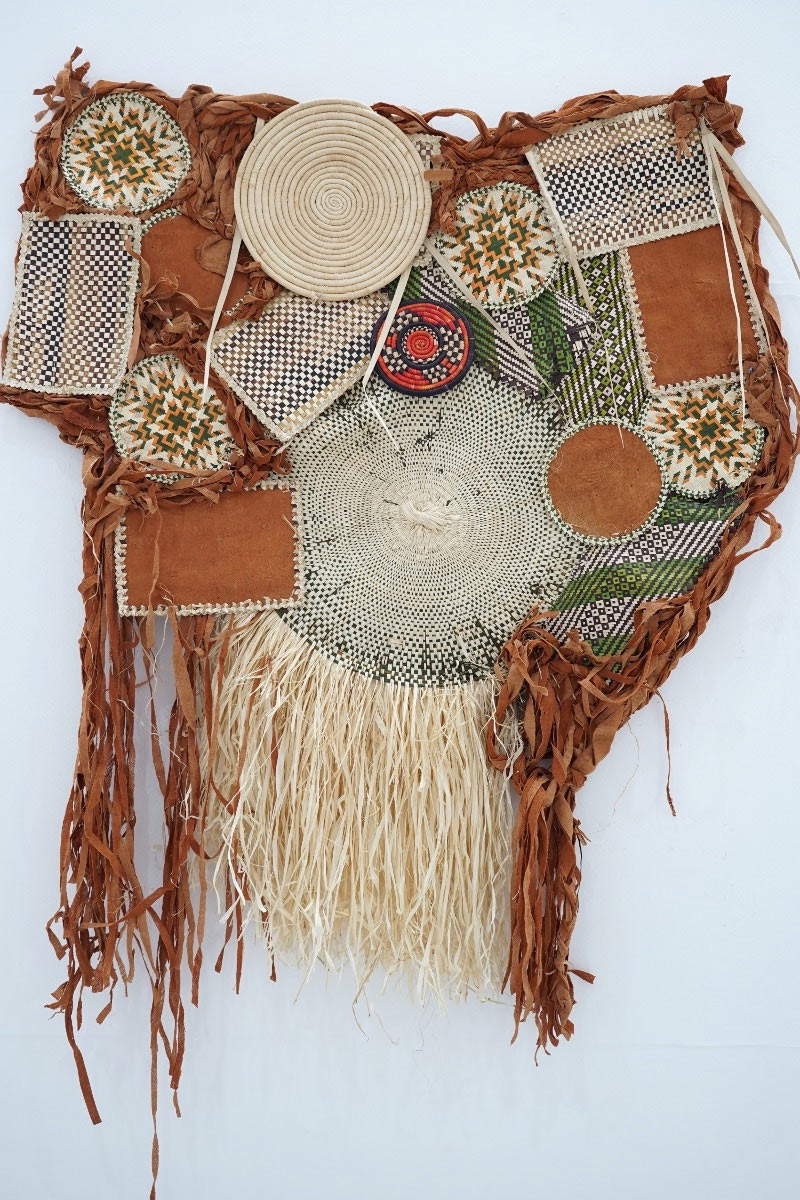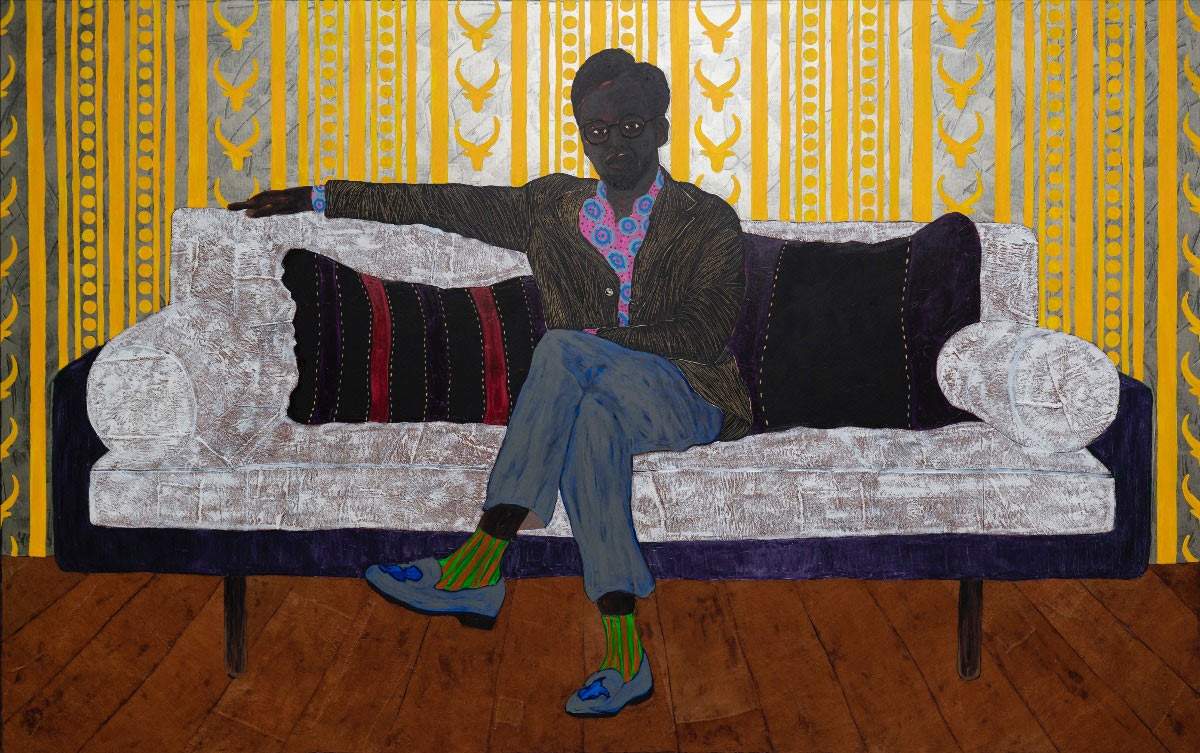Uganda is one of the debut countries among the national participations at the Venice Biennale, along with Cameroon, Namibia, Nepal and Oman. The African country, whose commissioner is Nauma Juliana Akoryo, has unveiled its own project: in the rooms of Palazzo Palumbo Fossati, at number 2597 in the sestiere of San Marco, just behind the Teatro La Fenice, the exhibition Radiance - They Dream in Time, curated by Shaheen Merali, a British curator of Tanzanian descent, will be staged. The opportunity is a collaboration between Stjarna.art and the Uganda National Cultural Center (UNCC).
Merali will present works by two artists from Kampala, Uganda’s capital, namely Acaye Kerunen and Collin Sekajugo. “We look forward,” says Merali, “to presenting the works of Kerunen and Sekajugo, whose dual ways of making art, despite their different aesthetic approaches, find common ground in their respective views on materiality and form. ’Radiance - They Dream in Time’ refers to the essential knowledge and lived experiences of Kerunen and Sekajugo in their dialogue with Uganda’s many different territories, but also to urban commerce and living conditions in its urban centers. Both artists actively work with the formal and informal archives of dynamic Ugandan visual culture.”
Acaye Kerunen’s process as a socially engaged artist emphasizes the local and regional craftsmanship of Ugandan women, celebrating them as essential collaborators and extolling the artistic practices of local artisans as custodians of their swamps, elaborating a sacred and tacit knowledge of ecological stewardship. By breaking down functional materials and craft creations, Kerunen repositions the work to tell new stories and postulate other meanings. The recomposition of the decomposed materials becomes a response to the work of women’s labor in Africa and a recognition of the role this artistic activity takes on in the climatic ecosystem.
Collin Sekajugo approaches her work from a distinct aesthetic perspective, which resides in the artist’s continual return to popular culture and the ubiquitous influence derived from the global mainstream, discussing and critiquing its many biases through visual, oral, and digital cultures. Sekajugo has been working since 2012 manipulating the common archival image to reveal its inherent biases of prerogative and privilege largely conformed to the Western self. Sekajugo’s art practice highlights a contemporary anthropological reversal of this prevailing culture by leveraging an all-African sense of irreverence and ad hoc interpretation. Conceptually, Sekajugo’s works become pure theater, an identity theft that lays bare some of the truths behind these conventional images that silently continue to colonize the entire world due to their great popularity.
More information can be found at www.ugandapavilion.org.



 |
| Uganda's first time: the African country's pavilion at the Venice Biennale |
Warning: the translation into English of the original Italian article was created using automatic tools. We undertake to review all articles, but we do not guarantee the total absence of inaccuracies in the translation due to the program. You can find the original by clicking on the ITA button. If you find any mistake,please contact us.